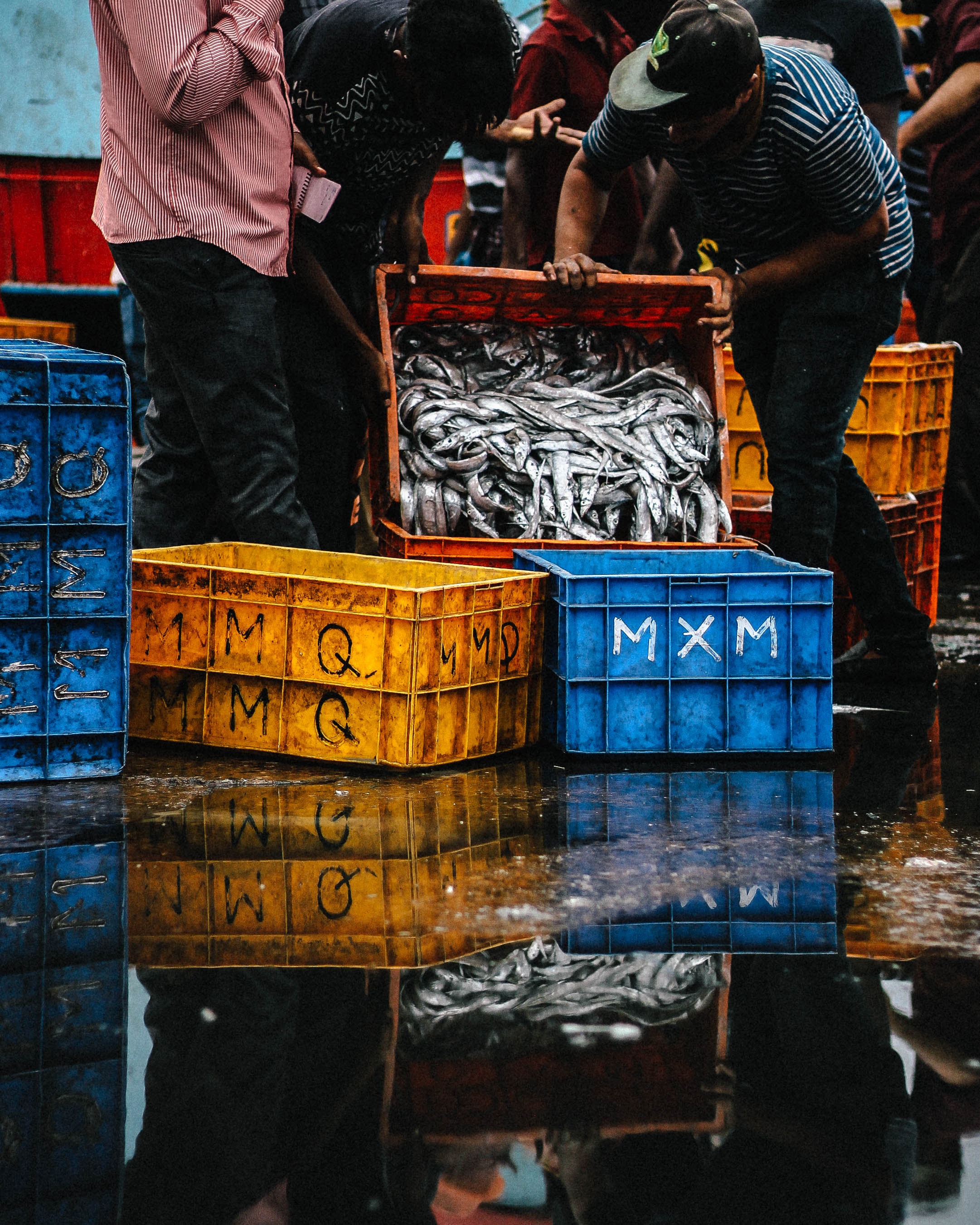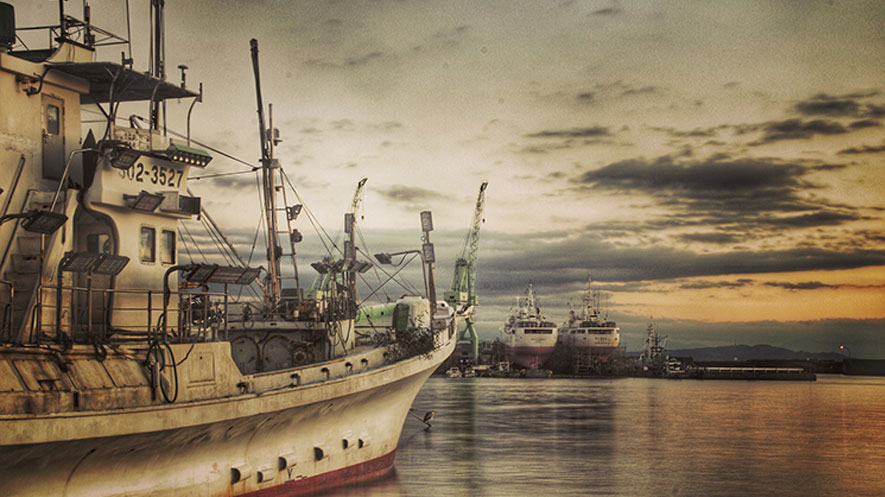Université de Montréal researchers say industrial sea fishing may be exposing people in coastal and island nations to excessively high levels of mercury.
The health benefits that come with a regular intake of seafood is well recognized today, yet inside the fat and muscle cells of some fish could be a substance poisonous to humans. Mercury is a potent neurotoxin which didn’t become a health concern until 1956 when a disaster struck Minamata, a coastal city in Japan. The release of industrial wastewater into Minamata Bay and the Shiranui Sea caused mercury to bioaccumulate in fish and shellfish. When eaten by the city’s residents, it resulted in symptoms of mercury poisoning known then as Minamata disease. As of March 2001, 2,265 people were recognized as having symptoms, 1,784 of whom had died.
 Today, we know that mercury biomagnifies along marine food chains and can lead to high exposure in fish-eating regions. The amount of mercury extracted from the sea by industrial fishing has grown steadily since the 1950s, potentially increasing mercury exposure among the populations of several coastal and island nations to levels that are unsafe for fetal development. These are the findings of a study carried out by researchers from Université de Montréal's Department of Biological Sciences and published last week in Scientific Reports.
Today, we know that mercury biomagnifies along marine food chains and can lead to high exposure in fish-eating regions. The amount of mercury extracted from the sea by industrial fishing has grown steadily since the 1950s, potentially increasing mercury exposure among the populations of several coastal and island nations to levels that are unsafe for fetal development. These are the findings of a study carried out by researchers from Université de Montréal's Department of Biological Sciences and published last week in Scientific Reports.
The study combined data published by the Food and Agriculture Organization of the United Nations (FAO) on the amount of mercury fished out of oceans and seas from 1950 to 2014, and the weekly consumption of fish and seafood by the populations of 175 countries between 1961 and 2011.
By comparing the data, postdoctoral fellow Raphaël Lavoie was able to estimate a populations’ per capita intake of a highly toxic form of mercury, methylmercury (MeHg). When humans ingest excessively high levels of methylmercury, the toxin’s molecules can penetrate the blood-brain barrier and impact cerebral development, especially in children and fetuses.
Working under the direction of Professor Marc Amyot, Lavoie found that residents of 38% of the countries examined by the study might be exposed to methylmercury levels higher than the maximum deemed safe for fetal development. The highest-risk countries include the Maldives, Iceland, Malaysia, Lithuania, Japan, Barbados, and South Korea.
Demand for seafood has skyrocketed
Industrialization has released vast quantities of mercury into the atmosphere, which have settled in oceans and waterways. Demand for seafood has skyrocketed since 1950, while technological breakthroughs have enabled more intensive forms of industrial fishing. Since the 1990s, when overfishing drastically reduced coastal stocks in many regions, industrial fishing gradually migrated to deep-sea and international waters.
“The global marine catch totals 80 million tonnes of fish per year, which means that we are also pulling out increasingly large amounts of mercury,” said Amyot.
Of the industrial fishing areas listed by the FAO, the Northwest Pacific currently exports the most fish – and the most methylmercury. The Western Central Pacific holds second place, while the Indian Ocean ranks third.
“Together, these three fishing areas exported 60% of the mercury resulting from global seafood production in 2014,” said Lavoie.
The people in these regions are some of the world’s top seafood consumers and species high up on the food chain contain the highest concentrations of mercury. From 1950 to 2014, large fish represented approximately 60% of the global catch (by weight) and nearly 90% of the mercury ingested by consumers from fish.
High risk of exposure
To be safe for fetal development, the threshold for methylmercury consumption is 1.6 micrograms for each kilogram of a person's body weight per week (1.6 μg/kg/week).
“By comparing FAO data on global seafood consumption, we observed that from 2001 to 2011 the populations of 38% of the 175 countries we analyzed would have been exposed to weekly doses of methylmercury far above the maximum safe level of consumption for fetal development,” said Lavoie. “Many of these populations are in coastal and island nations, especially developing countries.”
The research shows that during the 10-year period, people in the Maldives would have consumed an average of 23 micrograms of methylmercury per kilogram of body weight each week, or more than 14 times what's deemed safe. According to the study, the next highest-ranking were Kiribati (8 μg/kg/week), Iceland (7.5 μg/kg/week), and Malaysia and Samoa (6.4 μg/kg/week).
By contrast, the global average for mercury exposure over the same 2001-2011 period was estimated at 1.7 μg/kg/week. In the UK, exposure totaled 1.1 μg/kg/ week, and for the US - the lowest ranking country in the study - 0.8 μg/kg/ week.
Lavoie and Amyot said their estimates are conservative and suggest the global catch by the fishing industry, including artisanal and illegal fishing, is probably 50% higher than the FAO data indicates. The researchers believe these estimates could help authorities find ways to reduce the risk of mercury exposure, especially among high-risk populations such as children and pregnant women.
“Our study shows temporal trends and spatial patterns of Hg [mercury] transport by fisheries. Given the high mercury intake through seafood consumption observed in several understudied yet vulnerable coastal communities, we recommend a comprehensive assessment of the health exposure risk of those populations,” said the study authors.



